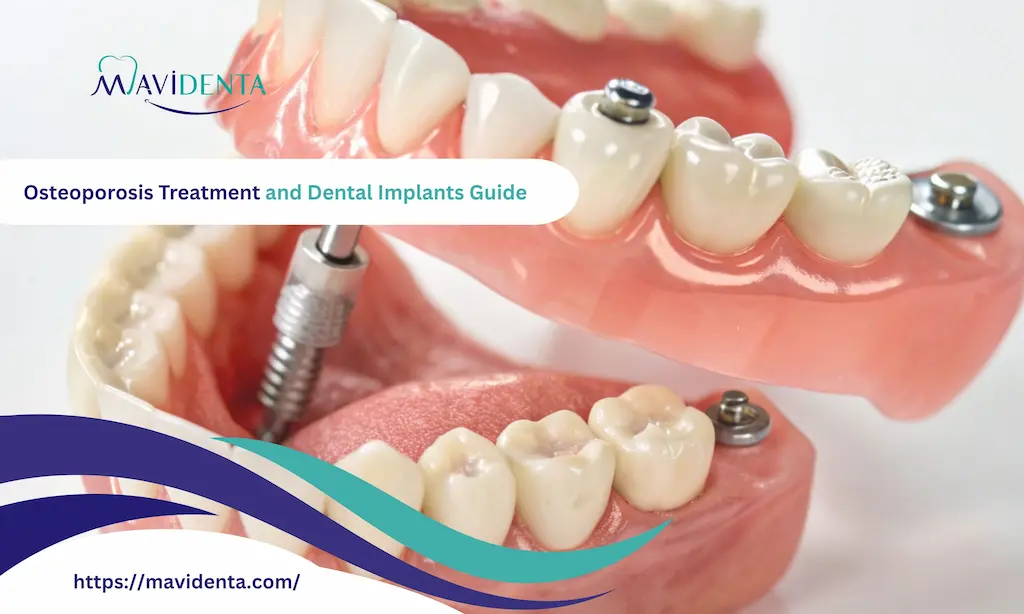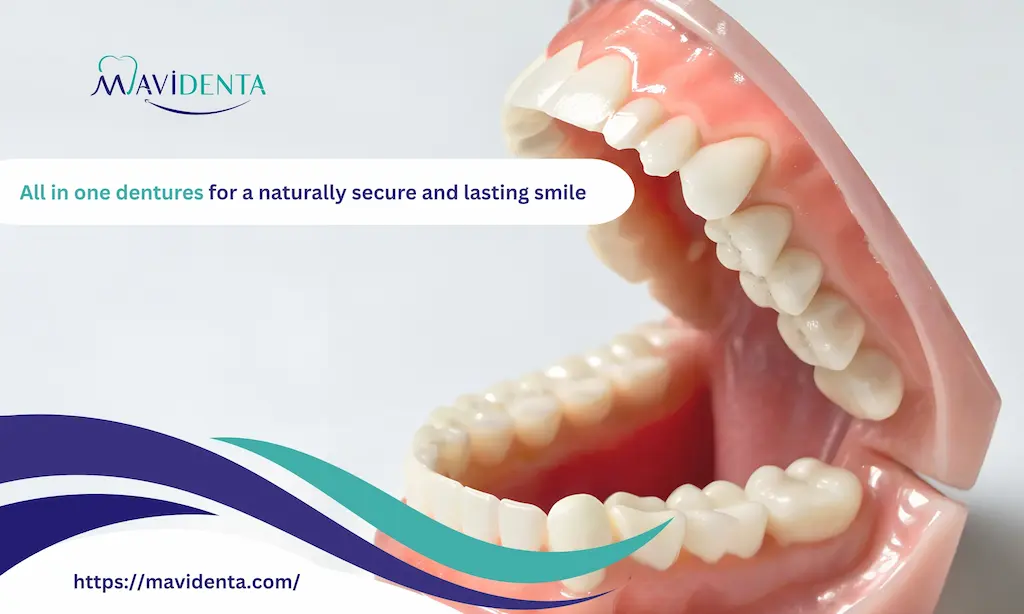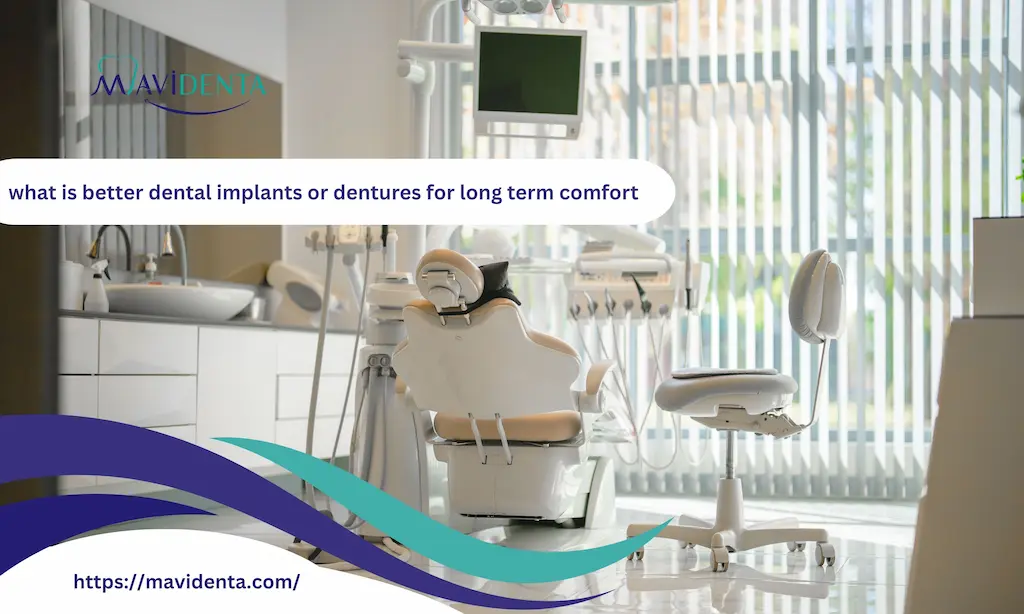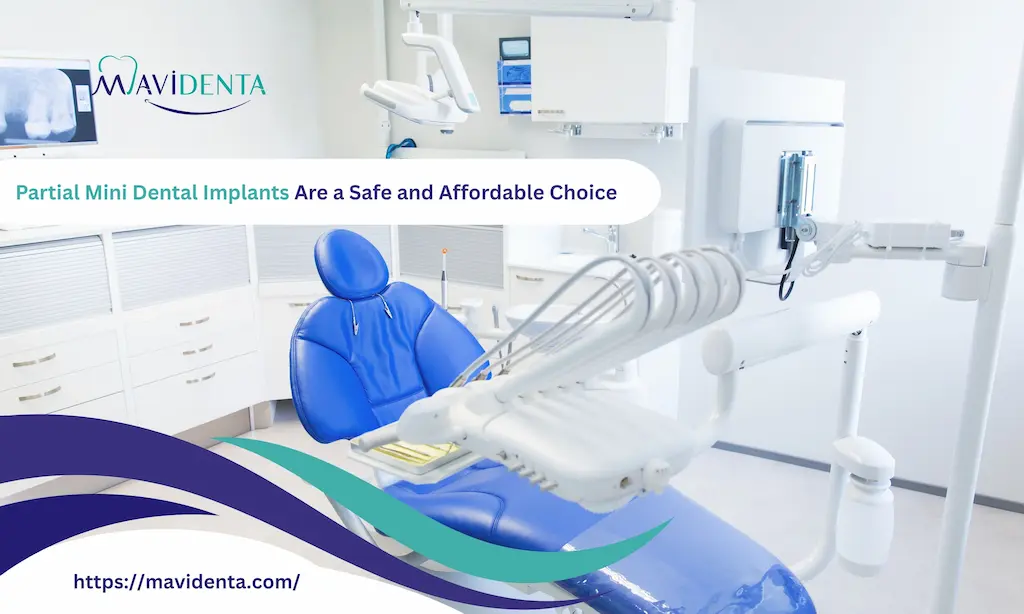A dental implant is a small surgical procedure that replaces an entire dental unit, from root to crown. Dental implants can restore the health benefits, functions, and aesthetic appearance of the teeth. While the most common type of dental implant is a single-unit implant, the field is much more diverse. A type of dental implant with its unique benefits and exceptional applications. In this article, we will discuss What are the 3 types of dental implants? and when you should consider them.
What are the 3 Types of dental implants?

What are the 3 types of dental implants? Dental implant companies and factories number in the hundreds these days, which is why dentists have a variety of options to find the preferred implant treatment to meet their patient’s specific needs.
If you go to a particular dentist to get dental implants, you have the opportunity to get different types of dental implants, including the types of implants themselves, different ways of performing the procedure, and multiple techniques for performing the procedure.
Superosseous implant:-
Intraosseous implants are commonly used for one-stage procedures. They are placed inside the gum tissue on the jawbone. The implant head protrudes from the gums to hold the restoration.
The primary advantage of this type of implant is that it can securely hold dentures for individuals who do not have sufficient bone height.
Read more: How much is dental implants?
Endosteal Implants:-
Endothelial implants are often performed in bone and are the most commonly used implants. What are the 3 types of dental implants? They are shaped like a small screw, or may be cylinder-shaped, or blade-shaped in some other cases.
It is inserted into the jawbone and holds approximately one or more replacement teeth, which are known as artificial teeth. The specialist doctor advises performing this type of implant if the affected individual already has dentures or bridges.
Subperiosteal Implants:-
This type of dental implant is placed on or above the jawbone. It is a metal support that is placed under the gum area and adheres to the gum in order to hold it in its appropriate place. The specialist doctor resorts to this type of transplantation in the event that:
- If the injured person is unable to wear regular dentures.
- If the patient does not have enough natural jaw bone for an intraosseous implant.
- If the individual does not want to undergo bone augmentation surgery in order to build bones.
Also check: Why Are Dental Implants Cheaper in Turkey?
All-on-4 Dental Implants:-
Speaking about What are the 3 types of dental implants? This type is mostly applied to adults who want to avoid using dentures, it is performed by placing a small titanium screw in the jaw in order to replace the root of the missing tooth. This procedure is usually done with a small surgical procedure.
Once this surgery is completed, the crown is attached, and the final result of this type of implant is teeth that have a very realistic appearance and are also practical. It is worth knowing that this technique is known by this name (All-on-4 Dental Implants) for using 4 implants for each jaw during the procedure of this implant.
What Should I Expect After a Dental Implant Procedure?
After we discussed What are the three types of dental implants? Here are the possible symptoms following dental implants:
- You may have bruising, pain, and swelling in your gums and face after any minor surgery, and there may also be bleeding of the gums. You need to eat soft foods to allow the dental implant site to heal.
- No special care is required for dental implants. However, brushing, flossing, and having regular dental checkups can help keep teeth clean.
- Tooth loss can affect the way you eat and speak and your self-confidence. Dental implant treatment is a long-term solution to replace missing teeth. Implants are placed directly into the jawbone, providing an artificial home for the root of a missing tooth or tooth.
- Dental implants are placed directly on the jawbone, and titanium screws are used to replace the root of the missing tooth. Once in place, the bone surrounding the implant will slowly fuse into place, keeping the implant firmly in place.
- The procedure can be performed on one or more teeth during dental implant treatment. It is possible to install several implants in the same session. Dental implants can be performed in one day if you have very few or no teeth.
- Single tooth replacement: If you are missing a single tooth, it can be replaced with a single implant and crown.
- Replacing multiple teeth: If you are missing several teeth, implant-supported bridges can replace them.
- Replace all your teeth: If you lose them, a full bridge or implant-supported complete denture can replace them.
- Sinus Support: The key to the success of an implant procedure is the quantity and quality of the bone where the implant is placed. The posterior maxilla is among the most challenging areas for successful implant placement.
- Due to insufficient bone quantity and quality and its proximity to the sinuses. Sinus augmentation can help correct this problem by raising the sinus floor and developing bone-to-place dental implants.
- Adjustment of tooth rows: Tooth row distortions can leave you with deformities in the upper or lower jaw, with bone unsuitable for implant placement. To correct the problem, the gum is lifted away from the edge to expose the bone defect.
The defect is then filled with bone or a substitute to build the appropriate rows. Tooth row adjustment has been shown to improve appearance and increase your chance of successful implants that may last for years.
Explore the Best Dental Implant Clinic in Istanbul.
Am I a good candidate for dental implants?

In addition, What are the three types of dental implants? To ensure the success of the dental implant procedure, primary conditions must be met on more than one level. Among these conditions:
1-It is necessary to ensure that the patient is safe from several specific diseases that will affect the extent of bone health. These diseases include advanced cases of diabetes and osteoporosis, which weakens the jaw bones and thus impairs their ability to withstand the transplantation process.
2-It is necessary to ensure a sufficient amount of jaw bone to receive the parts of the implant composed of the metal base and the artificial tooth. It is essential to realize that the jaw bones are susceptible to erosion when they stop performing their function.
In other words, the jawbone is functional, and when teeth are lost, this bone gradually erodes to the point that dental implants may be impossible to use.
Based on the above, if the jaw bone erodes, we must first work to replace the eroded bone before completing the dental implant procedure to ensure the operation’s success.
3-It is also necessary to ensure that the bone we are about to transplant is far enough from the nasal cavities and the nerves of the jaw, and here comes the doctor’s role.
Whose duty is to put his expertise into each case separately so that he can evaluate the case after that and obtain the necessary tests and x-rays.
4-As for maintaining oral health and hygiene, it is considered one of the things that we see translated automatically into the results of an implant operation, as it is reflected in increasing the life span.
The dental implant provides the appropriate and correct healthy environment for it to last the longest possible period in the mouth.
5-The patient must be free of certain chronic diseases, such as heart disease, diabetes, and high blood pressure. These people may suffer from very serious complications, such as continuous bleeding in the case of diabetes.
Or if the patient is taking anticoagulant medications to prevent clots. In this case, we are at risk of losing significant amounts of the patient’s blood, which may even threaten his life.
6-The patient should refrain from smoking more than ten cigarettes per day, and doctors advise him to stop smoking completely to ensure excellent results that last a lifetime.
7-If the patient does not suffer from osteoporosis, this will mean the weakness of the jaw bone and, thus, the inability to insert the false root into it for fear of its disintegration.
8-The patient should not be subjected to radiation therapy, as the root of the false tooth is made of titanium. Therefore, the patient will not be able to undergo these treatments. Otherwise, he will be exposed to severe harm.
Conclusion
At the end of the text, dental implants are the best and safest solution to replace missing teeth. Speaking of What are the 3 types of dental implants? We have mentioned the best types of dental implants performed by our doctors at Mavidenta.
FAQS
What are the 3 main types of dental implants?
The three main types are:
- Endosteal implants: the most common, inserted into the jawbone like a screw or cylinder.
- Subperiosteal implants: placed on or above the jawbone for patients with insufficient bone height.
- Superosseous implants: placed inside gum tissue on the jawbone, useful for denture support.
What are All-on-4 dental implants?
All-on-4 implants use four titanium posts per jaw to support a full set of prosthetic teeth. They provide a fixed, natural-looking alternative to removable dentures.
Who is a good candidate for dental implants?
You may be a good candidate if you:
- Have adequate jawbone density and healthy gums
- Are free of uncontrolled chronic diseases like diabetes or osteoporosis
- Do not smoke heavily
- Have not undergone radiation therapy in the jaw area
What should I expect after a dental implant procedure?
Patients may experience bruising, swelling, discomfort, or mild bleeding. Soft foods are recommended during healing. With proper care, dental implants can function like natural teeth.







